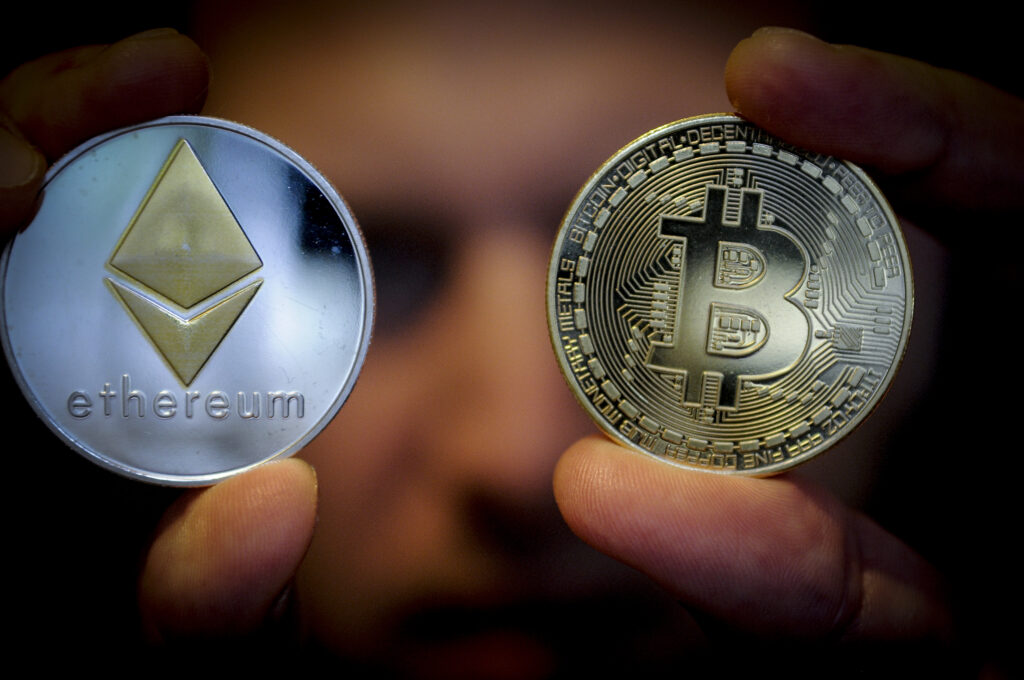
Ethereum is a multi-community network that includes a set of useful tools for enabling transactions and communications without the control of a central authority. It has its own cryptocurrency – Ether (ETH). This is the second most popular and widespread crypto after Bitcoin. It allows the creation of various applications and innovative services such as DeFi and crypto lending and is, therefore, very popular today.
Ethereum is similar to Solana. However, there are differences between these blockchains. Ethereum is secure and decentralized. Solana is a faster and more cost-effective network. This is usually taken into account by users who exchange SOL to USD online.
Read the information below and learn more about the Ethereum blockchain.
Table of Contents
Ethereum History

Source: cryptonews.com
The Ethereum blockchain was introduced by the Canadian programmer Vitalik Buterin and Dr. Gavid Wood in 2013. They proposed the concept of a platform in which the cryptocurrency would play a role not only as a means of payment but also would allow the exchange of resources between many independent web services operating in the same peer-to-peer network.
In 2015, Ethereum was launched in test mode. After 9 months, the Homestead protocol was published, and the network began to work in a full-fledged format. Since then, Ethereum has become one of the world’s most popular and important blockchain platforms.
How Does the Ethereum Blockchain Work?

Source: money.com
Ethereum processes millions of transactions combined into blocks. Each block is connected to the previous one. Thus, a chain (blockchain) is created.
ETH runs on smart contracts based on the Solidity programming language. This is a special programming language that helps to establish interaction between cryptocurrency owners.
Smart contracts can be executed multiple times. This is the main difference from the Bitcoin blockchain.
Features
There are 4 key features that distinguish Ethereum from other blockchains available today:
- Smart contracts. The distinguishing feature of the network is the support of full-fledged smart contracts. This is a computer algorithm that allows one to conduct transactions without the participation of a third party. In fact, this is a digital contract with predetermined conditions, executed under certain conditions. This allows transferring business operations to the blockchain and avoiding the human factor;
- Virtual machine (EVM). The development team has created a virtual environment that allows smart contracts to interact with each other. This environment became known as a virtual machine. The EVM serves as the main blockchain infrastructure that runs the codes for smart contracts. It is written in the Solidity programming language;
- Custom tokens. The blockchain allows users to issue their own tokens. In this case, the single ERC20 standard applies. If you’re interested in such tokens, don’t hesitate and swap USDT TRC20 to ERC20 right now;
- NFT. The network has gained a lot of popularity as an NFT blockchain due to the ERC-721 standard. NFT is a token that confirms the ownership of a certain object (photos, videos, works of art, etc.). It implies uniqueness and the impossibility of replacing one object with another.
Benefits

Source: money.com
Ethereum is characterized by the best advantages of blockchain technology:
- Immutability. Blockchain data cannot be changed or deleted by a third party;
- No censorship. Ethereum applications are based on a consensus network. This makes censorship impossible;
- Transparency. Recordings are available to all participants;
- Security. The Ethereum blockchain is protected by cryptography. And this means that it is insured against fraud and hacking.
Concluding Remarks
Ethereum is a blockchain platform for decentralized applications and the second-largest cryptocurrency by capitalization. Most of the popular DeFi and NFT projects run on this network. The main advantages of Ethereum are the predictability of development and the absence of sharp price fluctuations, which explains its popularity among modern crypto investors.







